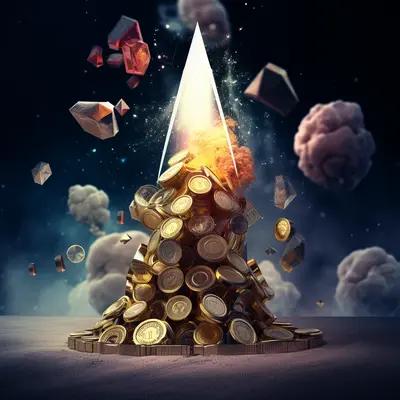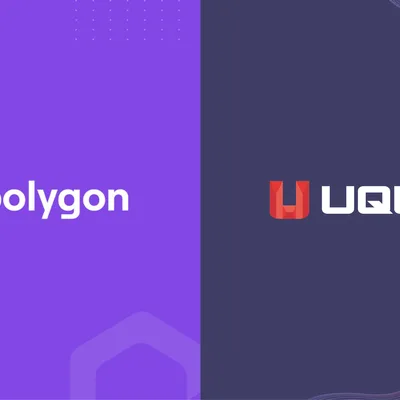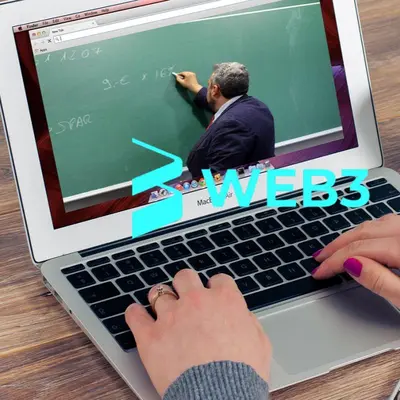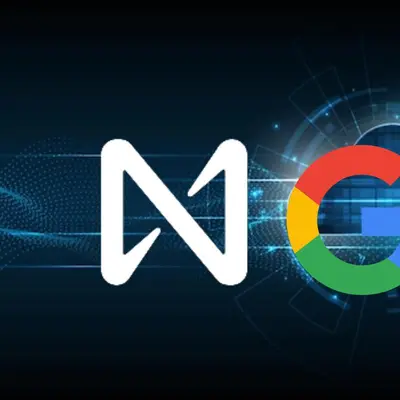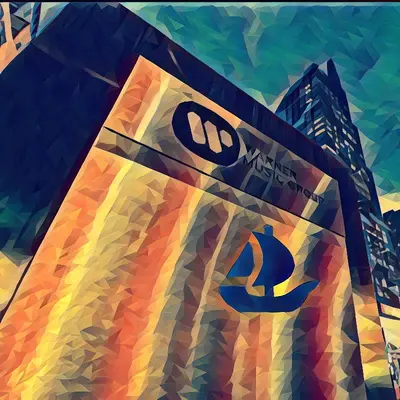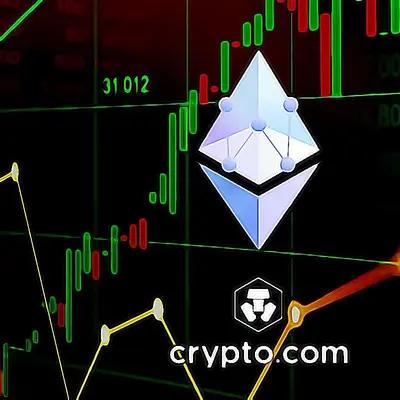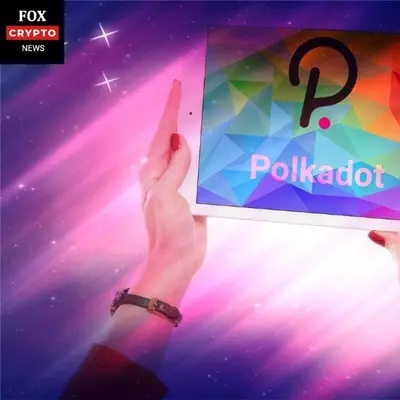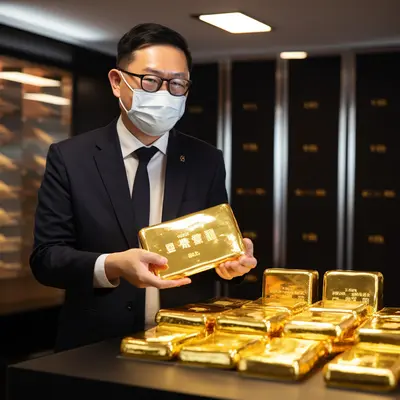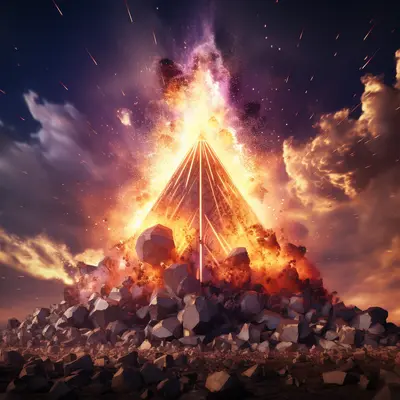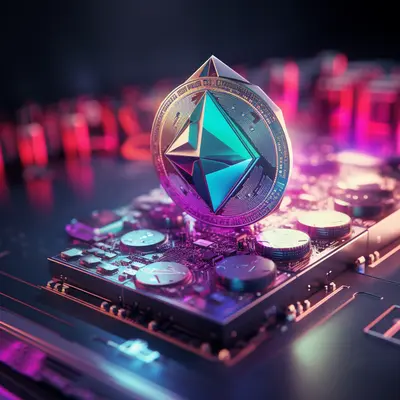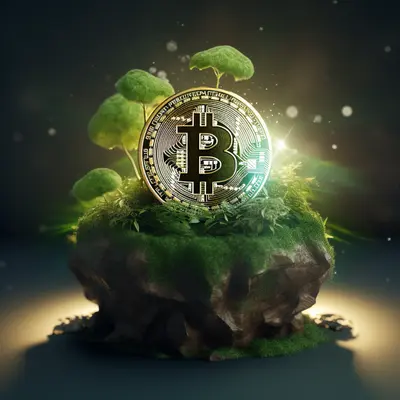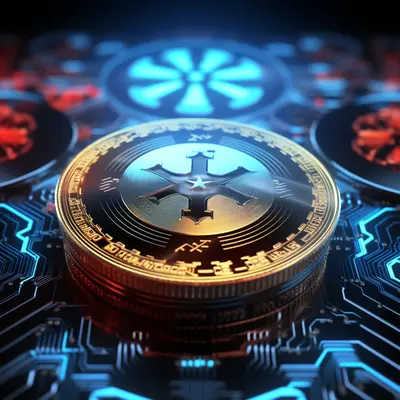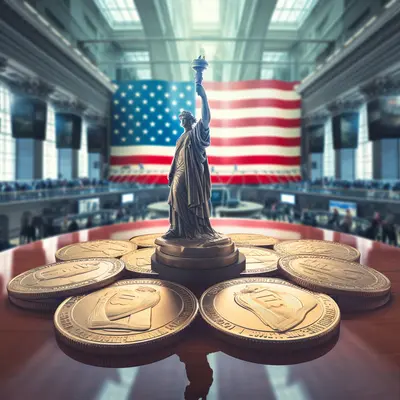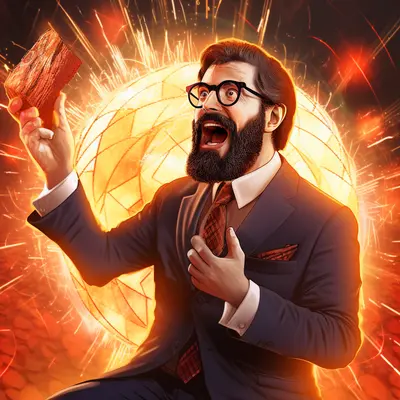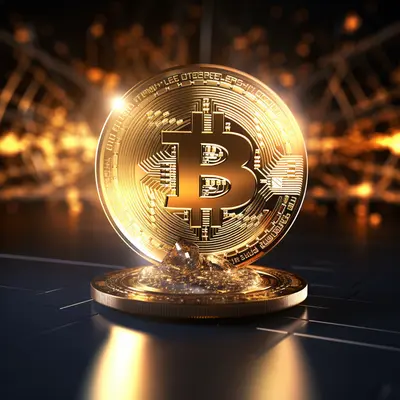Free-to-own: A new step forward for the next generation of Web3 Gaming?
Listen to this article
Limit Break & Free-to-Own
At the end of August 2022, the Limit Break game studio led by Gabe Leydon made a big splash in the web3 gaming world when it announced that it had successfully raised $200 million from investors such as Buckley Ventures, Paradigm, FTX, CoinBase Ventures, Shervin Pishevar, Anthos Capital, SV Angel and Standard Crypto, to build a new blockchain game. However, this capital is not the factor that causes the effects on twitter in the crypto world.

In an interview with GamesBeast, Leydon made some ambitious statements:
“We are particularly focused on free to own, which I believe will replace free to play games.”
From there, a new term in the web3 game industry was born: "Free-to-Own" (F2O). F2O is often understood as Limit Break's strategy when this studio mints the first collection of NFTs and gives them away for free. This approach may sound counter-intuitive as often NFT collectibles sold prior to game launch are the primary source of capital or revenue for blockchain games development projects. However, this strategy also offers potential benefits that we will explore now.
It's also important to note that Limit Break isn't the first studio to experiment with this F2O strategy, but they may be the first to actually pursue it.

– Loot Project was one of the first projects to allow free NFT mints, but the project was gradually forgotten because it was too decentralized; The project's game development was dependent on the affiliate running of the NFT holders and the project also did not charge NFT transaction fees, so there was no funding to continue development in the end. It can be said that Loot was a phenomenon when it was first launched and stimulated the creativity of the crypto community; But since then, the project has also lost its popularity.

– Gossamer World successfully ended the free NFT minting at the beginning of summer. This is another low-profile project in the early stages of development produced by a prestigious Hollywood independent studio, Bron.

– If you missed the previous mints, don't worry, Solana's massively multiplayer online role-playing game (MMORPG) Project Eluüne will be hosting a free mint event for players on Ancient8 Dojo Launchpad soon!
Free-to-Own model core
Leydon views F2O as inherently superior to play-to-earn (P2E) models because it eliminates the possibility of investors or players devaluing the NFT and the token price that underlies the ecosystem of a game. play. But Leydon's ambition does not stop at web3 but he also believes that this is the future of the game industry.
“If you compare free to play and free to own, there is no way that free to play can exist… I don't see that players will return to the pursuit of free to play after having tried free to own. . Free to play is just downloading free games with a bunch of virtual items that you basically don't own. We are completely innovating the game industry.”

Principles of Free to Own (F2O)
There are two main principles that define F2O:
- Mint community and own the first NFTs for free
- These NFTs will be the “factory” for the production of other NFTs
Let's analyze the benefits of this model right below.
Connect with the community
For the studio, “Free to Own” is a long-term strategy. Although they do not profit from the initial NFT minting, revenue still drips from NFT transaction fees on secondary markets like OpenSea. Limit Break collects 10% every time a Digi is sold this way. The game will also reserve a certain number of NFTs for the project and team to sell at a later market price. This is in the interest of the studio and the fans by encouraging the team to create a quality game and grow the community. It will also attract more buyers on the secondary market, which increases the volume and price of transactions and the project collects more transaction fees.
For fans, giving away free NFT mints reduces the likelihood of rug-pull (whether intentional or not), in which case a project that pre-sells NFT but doesn't deliver a quality game will be avoided. loss of time, capital, or reputational damage from the community. The key here is that welcoming early players by allowing them to own NFT for free will help build a community of true fans who are encouraged to spread the word but not because of the project's ROI.
Given the ambiguous regulatory situation surrounding crypto assets in the United States, F2O giving away free NFTs would theoretically protect Limit Break from allegations of the illegal securities offering.
Factory NFT
The second selling point and value-creating engine of Limit Break's strategy is not mutually exclusive for free NFT collectibles. Factory NFT promises to bring economic benefits inside the game by creating valuable in-game items or brand-new NFTs for holders to use or sell.
This creates closer alignment as the studio and team hold a cache of NFT genesis and are incentivized to drive value and economics with the original NFTs. Subsequent NFTs generated from these 'Factory' can also disappear and have more convenience to not conflict with Factory importance and values. All of this gives game economy designers more flexibility in balancing the flow of value across the seasons by driving the proceeds of the game's overall economic growth to holders. keep the NFT of the 'factory'.
A good example is the Bored Ape Yacht Club. BAYC NFT has created incredible value for their holders through airdrop and whitelist sales (MAYC, Otherside Land Deeds, etc.)
While Limit Break has revealed some precious details about the game and NFT-specific add-ons, they also introduced DigiDaigakus' first "product": DigiDaigaku Spirits.
The DigiDaigaku website explains:
“Digs will periodically receive a Spirit NFT that periodically matches a corresponding Digi. FIRST, you won't be able to do anything with it, but each spirit is a core ingredient in making Digidaigaku HEROES."
The project also revealed a ranking system that "combines" Digis and Spirits to create Heroes of different qualities:

A new trend
Limit Break is not the only bull case using the F2O model. Other titles like Civitas, Gossamer Seed, and Arrivant Studio's Project Eluüne are planning free NFT mints, all of which offer certain in-game, if not 'Factory' benefits forever.
Challenges and contradictions surrounding Free to Own
The term Free to Own sounds like a lot of potential at first, but the truth is that its revenue strategy also has certain challenges that make most projects impossible based on the way Limit Break has been. do.
Capital requirements
F2O's most obvious challenge is that game developers must have enough resources to build games without the revenue from the initial sale of NFTs. This means game developers have to raise more capital from venture capital funds and dilute their own ownership or future profits. While fundraising is common for blockchain game studios, few have managed to hit the $200 million figure like Limit Break, much of its success due to Gabe Leydon's inherent reputation in the industry. game industry.
Exclusivity
The sale of free NFTs must be done secretly or strictly controlled through a whitelist; otherwise the bot can buy most of the NFT in seconds, which would be the failure of the whole model. The exclusivity allows the project to select members who truly support the game, who will be loyal and active throughout the project's multi-year development.
However, it is this that causes a contradiction: Free to own is only free to the first group of minters, who are clearly not as generous on the secondary market. With the current floor price around 12 ETH, Digidaigaku is no longer free.
The issues surrounding Digidaigaku's exclusivity were pointed out by Loopify (Founder/CEO of Treeverse):
“The problem with the free to own model is that it only supports the original buyers, currently the floor price on the secondary market is over $20K. If they plan to mint any more free NFTs, they will have to think of a model other than stealth because the demand is so high.”
Speculators
While the initial NFT minting is free (and exclusive), speculators will certainly flock to join, especially for a project as popular as Limit Break. Speculators can be helpful in increasing asset prices and boosting trading volume (and transaction fee revenue), but their mindset and approach is inherently different from that of aficionados. when mint NFT free. Their patience and flexibility to price fluctuations could be much lower unless the reward for holding NFTs from the 'factory' generates enough downstream revenue. Speculators are only loyal to their ultimate profits. This leads to the next challenge.
Copyright fee
While secondary market transaction fees are considered one of the valuable features of NFT technology, many people do not realize that these fees are not encoded in the smart contract, which means that the fees are not encoded in the smart contract. NFT trading platforms like OpenSea must approve and build the necessary infrastructure to collect and distribute royalties back to artists and projects. While major exchanges have accepted this obligation so far, this, which is also a major source of revenue for F2O projects, is not being recognized. Sudoswap, an NFTFi platform & marketplace, does not accept creator royalty fees, instead they advertise a flat 5% transaction fee for all transactions.

Similarly, the NFT trading platform on Solana Yawww caused a bit of controversy when it was launched earlier this summer without applying creator royalties. Although some traders in the Solana ecosystem support Yawww's free policy for the benefit of buyers. Magic Eden has proven itself to be a powerful ally of creators by providing software for projects that helps them track whether royalties are being applied and punish stingy buyers by limiting their NFT functionality or visibility until the royalty fees are paid.

Software tools like those provided by Magic Eden will probably be adapted for other chains like Ethereum, but how long do we have to wait before someone develops an alternative? We can only hope that the majority of NFT buyers will be less resistant and continue to use platforms that respect creators' royalties. Otherwise, the revenue of many NFT projects will be severely cut and development will have to be stopped. However, profit-motivated NFT traders will confidently use the platforms with the lowest fees to improve their profits. This means that there will always be a need for a Sudoswap or Yawww, and this has always been a threat to NFT projects—especially F2O projects. This is also why a large number of speculators can become an existential threat to F2O games.
Guess
So is Free-to-Own the future of the game industry or just a new marketing term?
The answer, as you might have guessed, is probably both.
That's really a difficult question not only because we can't predict the future, but also because the term 'free to own' has deep problems: It's certainly a marketing gimmick. , but it's also a complete sham: “Free to own” just describes the original distribution method that the minter loves and actually hides the most potential mechanism: Using Factory NFT to turn whales into the loyal manufacturer.
Despite the aforementioned criticisms, Loopify had some wisdom to say in a recent Treeverse interview:
“The secondary market is more important than the primary market. You need to manage your community (primarily through distribution, how you market, and balancing expectations) to avoid people who buy but don't really care/believe in your product.”
It seems that Leydon and Loop completely agree on this point. Finally, aside from some potential legal advantages and goodwill for minters, free NFT minting is not as important as the secondary market, which is suitable for those with a deep need and belief in the cryptocurrency. project. Limit Break is managing this community primarily through the expectation of future value generated by these NFTs.
Conclusion
Fair enough or not, F2O is one of the most promising models we've seen in web3 gaming. But we think it's all about funding and creators' ability to collect royalties. And finally, if the game itself is not interesting, then the whole thing will collapse like a pyramid scheme.
But if it's really exciting, the game will draw non-financially motivated participants into an economy designed to drive value for the original NFT holders, the producers this faithful whale. Leydon hasn't revealed the full extent of his Limit Break plans, but they must be convincing to raise $200 million. And perhaps this is what we should all look forward to; Gabe Leydon won't be the last studio head to achieve massive success in traditional gaming, who realizes the potential of web3 and brings their experience, vision, and venture capital to zero. this time. It may benefit whales the most financially, but it will also make the game more and more enjoyable for all of us.
Oct 16, 2022




